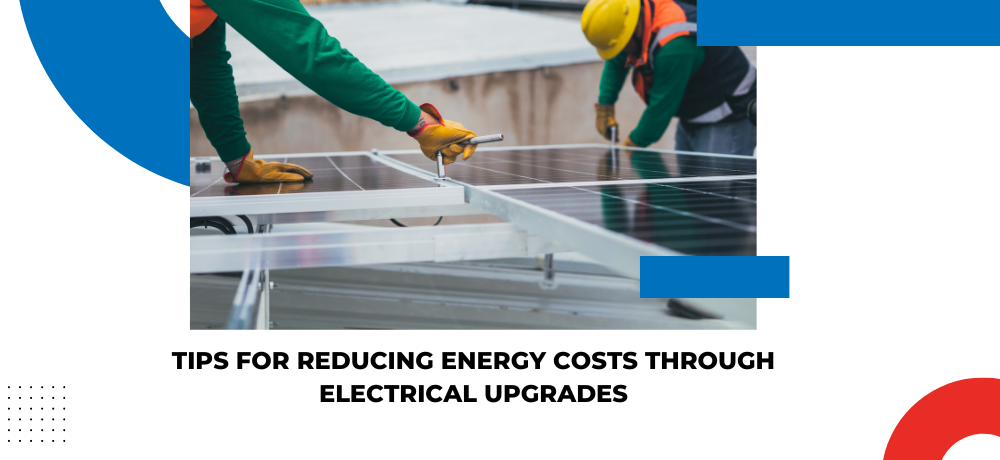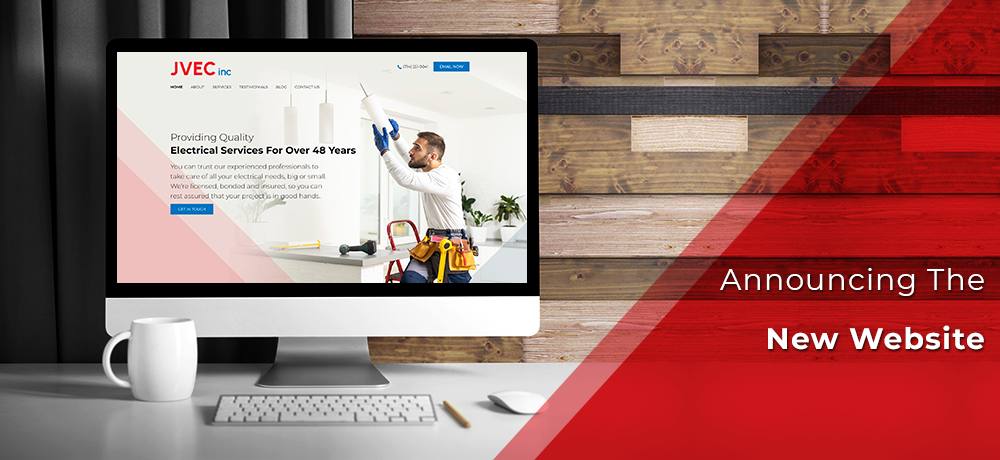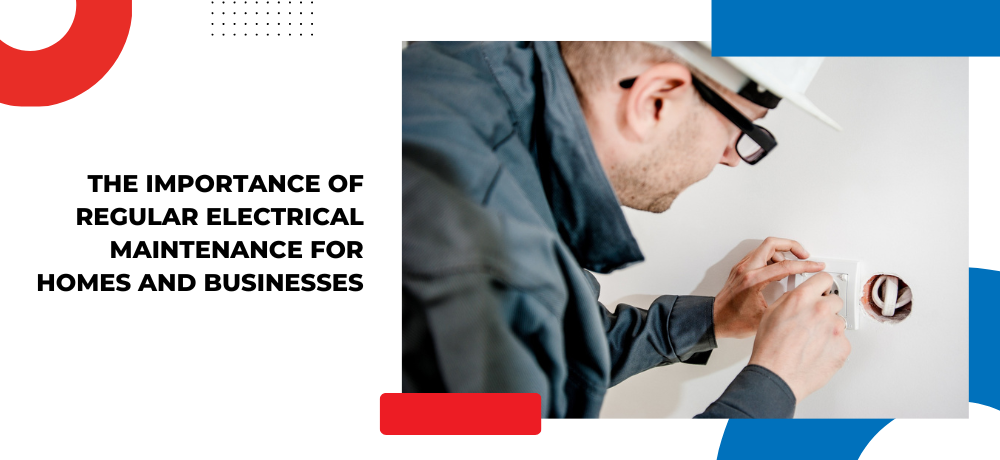As energy costs continue to rise, finding ways to reduce your electricity consumption without sacrificing comfort or productivity becomes increasingly important. One of the most effective ways to achieve this is by making strategic electrical upgrades to your home or business. Not only can these upgrades lower your energy bills, but they can also increase the value of your property and improve overall energy efficiency. Here are several tips to help you reduce energy costs through electrical upgrades.
1. Upgrade to Energy-Efficient Lighting
One of the easiest and most impactful upgrades you can make is switching to energy-efficient lighting. Traditional incandescent bulbs consume a significant amount of electricity, while newer lighting technologies such as LED and CFL (compact fluorescent) bulbs use much less power, last longer, and provide the same level of brightness.
Benefits:
- LEDs use up to 75% less energy than incandescent bulbs.
- They have a longer lifespan, reducing the need for frequent replacements.
- Lower heat emission, contributing to better cooling in warmer seasons.
2. Install Programmable Thermostats
A programmable thermostat allows you to regulate your heating and cooling systems more effectively. By programming your HVAC system to adjust temperatures based on your schedule, you can ensure that energy is not wasted when you’re not home or during sleeping hours.
Benefits:
- Reduces heating and cooling costs by automatically adjusting temperatures when needed.
- Offers greater control and flexibility over your energy consumption.
- Some models can be controlled remotely via smartphone apps, offering convenience and efficiency.
3. Upgrade Your Electrical Panel
Older electrical panels may not be able to handle modern electrical loads efficiently, leading to unnecessary power consumption and even potential hazards. Upgrading to a more efficient electrical panel can help reduce energy loss, improve safety, and allow for the integration of additional energy-efficient devices.
Benefits:
- Improved safety and electrical capacity.
- Reduced power surges and energy losses.
- Greater ability to support energy-efficient appliances.
4. Invest in Smart Home Technology
Smart home devices can help you control your energy consumption more effectively by optimizing the operation of your electrical systems. From smart light bulbs to home automation systems that control temperature, lighting, and appliances, these technologies give you real-time control over your energy use.
Benefits:
- Real-time tracking of energy use.
- Remote control of appliances, lights, and HVAC systems.
- Automation features that adjust settings to save energy when not needed.
5. Upgrade Insulation and Sealing
While not strictly an electrical upgrade, improving your home’s insulation and sealing can significantly reduce the amount of energy required to heat or cool your space. Ensuring your home is properly insulated prevents heat loss during the winter and keeps your home cool in the summer, reducing the workload on your HVAC system and, by extension, lowering your energy costs.
Benefits:
- Reduced heating and cooling costs by maintaining a more stable indoor temperature.
- Increased comfort and improved indoor air quality.
- Extended lifespan of HVAC systems due to reduced strain.
6. Switch to Energy-Efficient Appliances
When upgrading electrical appliances like refrigerators, dishwashers, or washing machines, opt for energy-efficient models. Look for appliances that have earned the ENERGY STAR® label, which guarantees they meet strict energy efficiency standards.
Benefits:
- Reduced energy consumption for day-to-day household tasks.
- Lower utility bills due to the efficiency of the appliance.
- Extended lifespan of appliances, saving on maintenance and replacements.
7. Install Solar Panels
While the initial investment can be higher, installing solar panels is an excellent way to drastically reduce your energy costs over time. Solar energy harnesses the power of the sun to generate electricity for your home or business, which can reduce or even eliminate your reliance on the grid.
Benefits:
- Significant reduction in monthly energy costs, sometimes even resulting in no electricity bills.
- Environmentally friendly, reducing your carbon footprint.
- Increases property value and may provide tax incentives or rebates.
8. Conduct Regular Electrical Inspections
Regular electrical inspections ensure that your electrical system is operating efficiently and safely. Older systems, outdated wiring, or faulty outlets can all contribute to increased energy consumption and even pose safety risks. By identifying and addressing issues early, you can ensure that your system remains efficient.
Benefits:
- Early detection of wiring issues or potential hazards.
- Optimized energy use by ensuring the system is running at peak efficiency.
- Improved safety and protection from electrical fires or system failures.
9. Use Power Strips for Electronics
Many electronics continue to consume energy even when turned off, a phenomenon known as “phantom load” or “standby power.” By using power strips and turning them off when electronics are not in use, you can cut down on this unnecessary energy waste.
Benefits:
- Prevents energy waste from idle electronics.
- Simple and cost-effective solution for reducing phantom load.
- Easy to implement in every room with multiple electronics.
10. Install Ceiling Fans
In both summer and winter, ceiling fans can help maintain a comfortable temperature in your home, allowing you to set your thermostat a few degrees higher or lower without sacrificing comfort. Ceiling fans circulate the air, helping cool rooms during summer and evenly distributing warm air in the winter.
Benefits:
- Reduces the need for air conditioning or heating, lowering energy consumption.
- Provides comfort year-round without excessive energy use.
- Cost-effective and easy to install.
Conclusion
Reducing energy costs doesn’t have to mean making drastic lifestyle changes. By implementing these electrical upgrades, you can enjoy lower utility bills, increase the comfort of your home or business, and contribute to a more sustainable environment. Whether you’re upgrading to energy-efficient lighting, installing a smart thermostat, or investing in solar energy, each step you take towards improving your electrical system will bring you closer to reducing your energy costs in the long term. Start small with a few upgrades, and over time, you’ll see a significant impact on your energy usage and monthly expenses.




